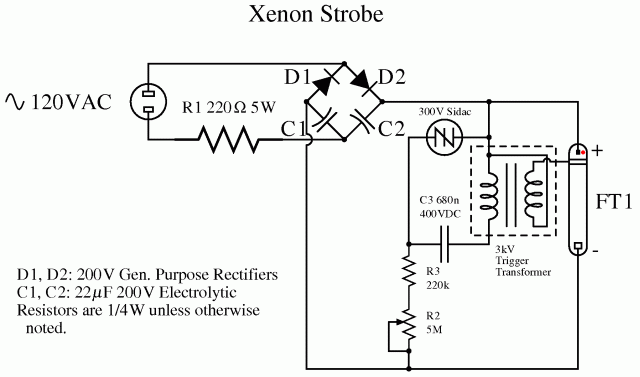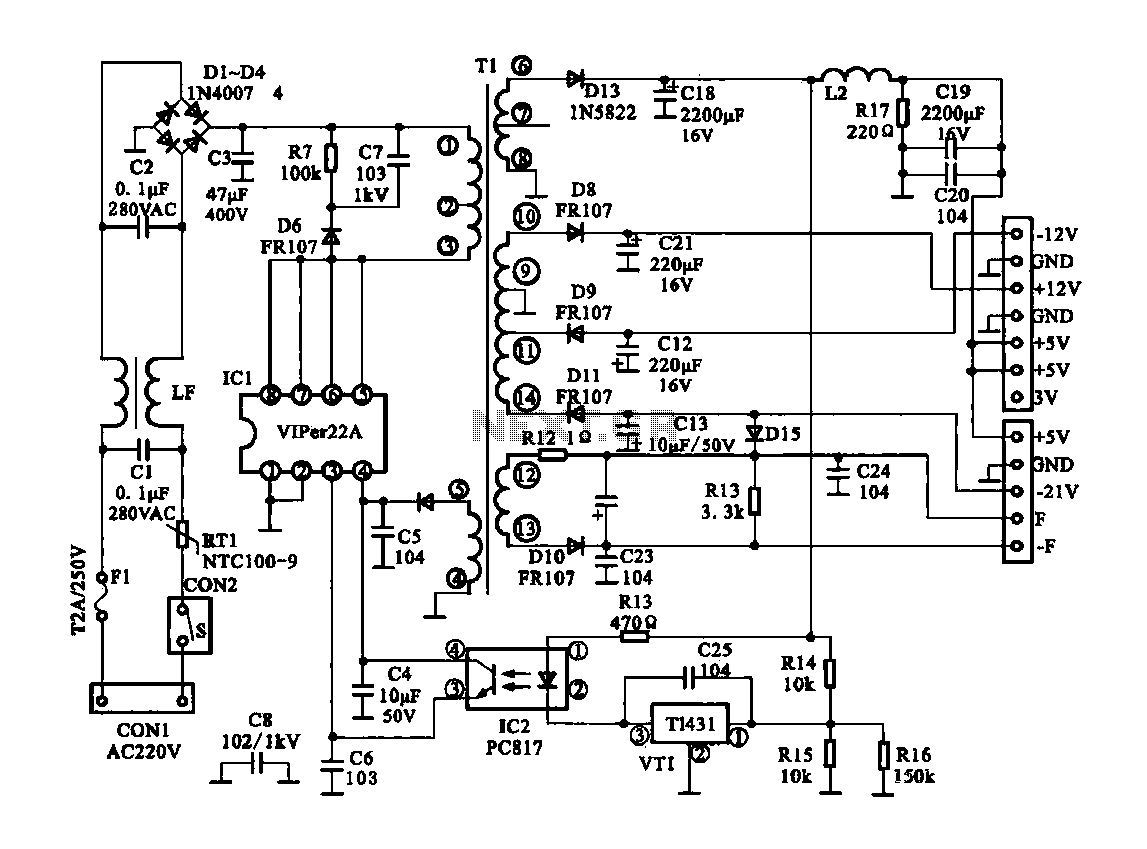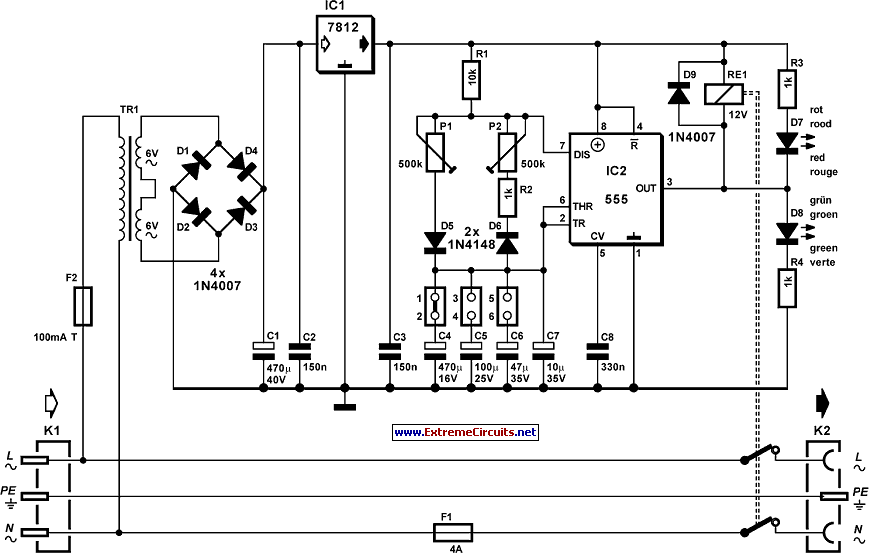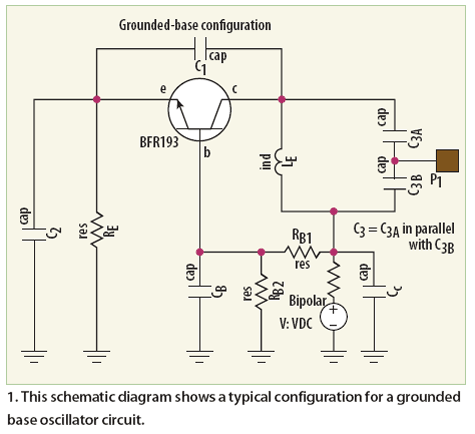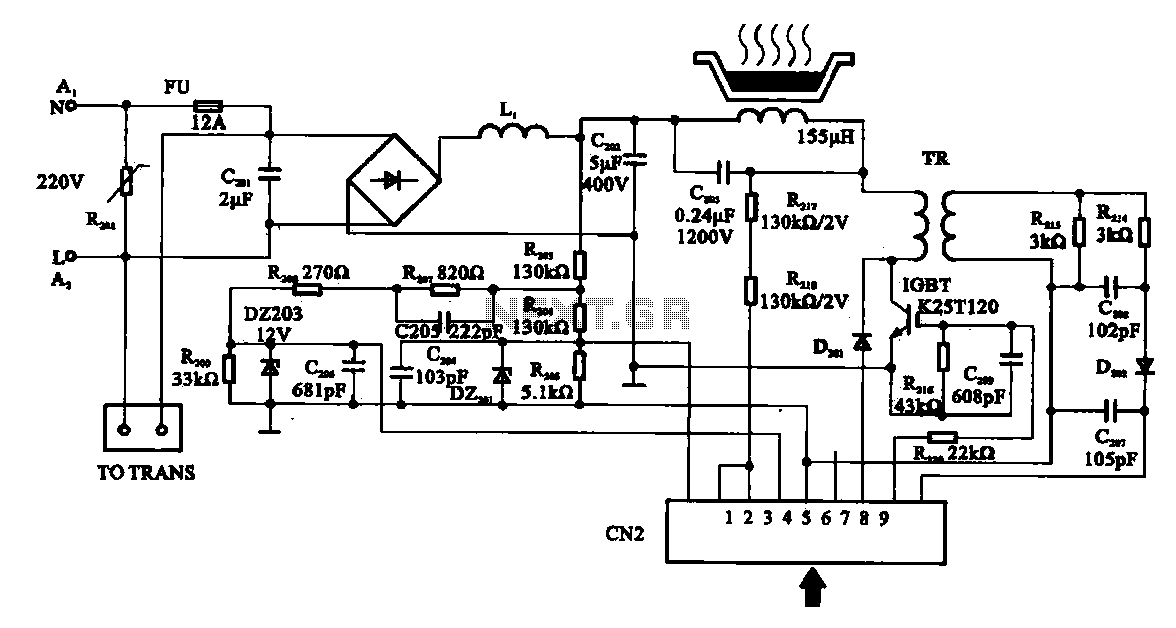
555 Timer astable oscillator circuit
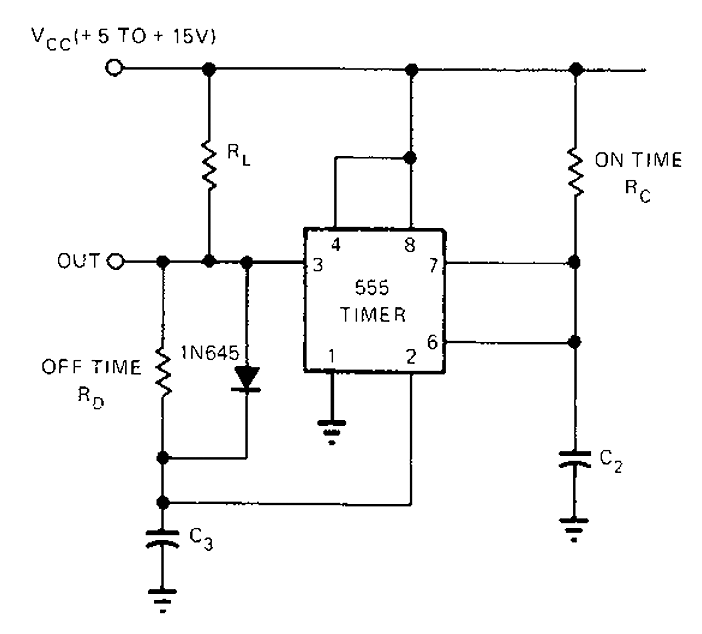
The 555 timer circuit has unsteady open and closing times that are independent of one another. One time constant is given by 1.1RcC2, while another time constant is defined as 1.1RcC3. The free-running period is the sum of these time constants.
The 555 timer is a versatile integrated circuit used in various timing applications, including oscillators, pulse generation, and time delay circuits. In this configuration, the circuit operates in astable mode, producing a continuous square wave output. The independent time constants, defined by the resistors (R) and capacitors (C), determine the duration of the high and low states of the output signal.
The first time constant, 1.1RcC2, represents the time taken for the capacitor C2 to charge through the resistor R, reaching approximately 66.7% of the supply voltage (Vcc). Conversely, the second time constant, 1.1RcC3, reflects the time taken for the capacitor C3 to discharge through the same resistor R, dropping to about 33.3% of Vcc. The independence of these time constants allows for flexible control over the duty cycle of the output waveform.
The free-running period (th) of the 555 timer in this configuration is the sum of the two time constants, which can be expressed mathematically as:
th = 1.1RcC2 + 1.1RcC3.
This relationship is critical for applications requiring precise timing and control, as it allows for the adjustment of the frequency and duty cycle by varying the values of the resistors and capacitors. By selecting appropriate component values, designers can tailor the output waveform to meet specific requirements, making the 555 timer an essential tool in electronic circuit design.555 timer circuit unsteady open and closing times are independent of each other. Wherein a time constant is 1.1RcC2, another time constant is 1.1RcC3. Free-running period is th e sum of these time constants.
The 555 timer is a versatile integrated circuit used in various timing applications, including oscillators, pulse generation, and time delay circuits. In this configuration, the circuit operates in astable mode, producing a continuous square wave output. The independent time constants, defined by the resistors (R) and capacitors (C), determine the duration of the high and low states of the output signal.
The first time constant, 1.1RcC2, represents the time taken for the capacitor C2 to charge through the resistor R, reaching approximately 66.7% of the supply voltage (Vcc). Conversely, the second time constant, 1.1RcC3, reflects the time taken for the capacitor C3 to discharge through the same resistor R, dropping to about 33.3% of Vcc. The independence of these time constants allows for flexible control over the duty cycle of the output waveform.
The free-running period (th) of the 555 timer in this configuration is the sum of the two time constants, which can be expressed mathematically as:
th = 1.1RcC2 + 1.1RcC3.
This relationship is critical for applications requiring precise timing and control, as it allows for the adjustment of the frequency and duty cycle by varying the values of the resistors and capacitors. By selecting appropriate component values, designers can tailor the output waveform to meet specific requirements, making the 555 timer an essential tool in electronic circuit design.555 timer circuit unsteady open and closing times are independent of each other. Wherein a time constant is 1.1RcC2, another time constant is 1.1RcC3. Free-running period is th e sum of these time constants.
